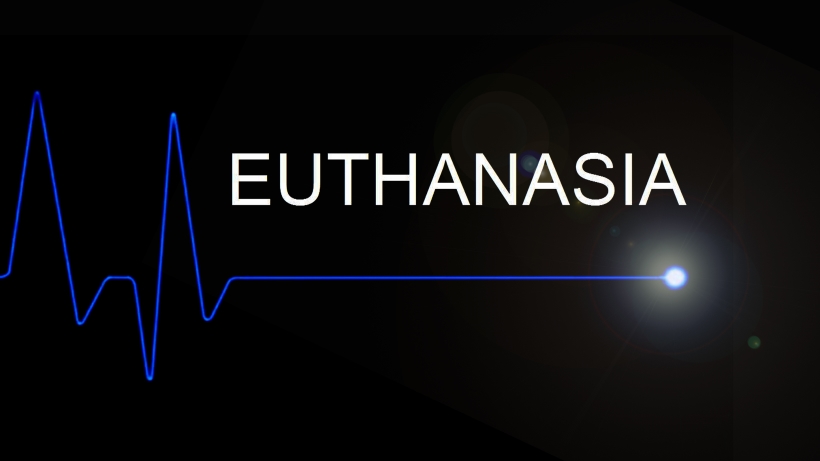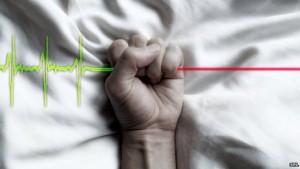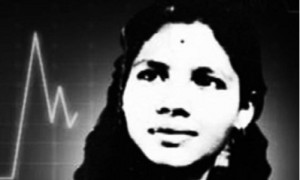This blog post, Surbhi Kapoor, a student of Amity Law School, Delhi IP University, talks about the newly proposed bill on medical treatment for terminally ill people. This bill gives provisions for legalization of passive euthanasia. The article analyses the development of the Bill from the 196th Law Commission Report to the 241st Report. Some drawbacks of the Bill have also been mentioned.
The Medical treatment for terminally ill patient’s bill, 2016 was proposed by the ministry of heath and family welfare based on the recommendations of the 241st law commission. The bill deals with the legalization of passive euthanasia but does not talk about active euthanasia. Passive euthanasia means the life system of the patient that is supported for the continuance of life. In simple words, in passive euthanasia, no efforts are made to preserve the life of the patient. Passive euthanasia can further be divided into voluntary and non-voluntary. Under voluntary passive euthanasia, the patient is under such conditions that he can make decisions of his life and can give consent for euthanasia. However in no voluntary passive euthanasia, it is difficult to receive the consent of the patient. So the decision has to be taken by the medical practitioner of the patient or the close relatives. Their decision shall not be final and has to be approved by the high court.
Active euthanasia involves injecting a lethal substance to the patient to give the patient a painless death. Active euthanasia considered to be a crime all over the world (irrespective of the will of the patient) except where permitted by legislation, as observed earlier by Supreme Court1. Active euthanasia is a crime in India under section 302 and section 304 that deal with punishment for murder and punishment for culpable homicide not amounting to murder respectively.
A brief on 196th Report by Law Commission
The report dealt with the withholding of the life support system of terminally ill patients which is legal is most of the countries. The bill had made recommendations that if the patients were incompetent, the doctor should obtain the consent of 3 other experts in the same field and form the patient and other close relatives about the same. The name of the experts would be given on a panelist. Then a period of 15 days would be given to the about file a case in the high court seeking whether the act was lawful or unlawful in the eyes of the court. The decision of the high court shall be binding on all the people. The letter filed would not require any formalities as in the normal process of filing a complaint with the high court require. The letter would be treated as an original petition and will directly be placed in front of the magistrate for decision. Here, the terminally ill patient if competent has the right to refuse treatment.“In our view where a medical practitioner is under a duty at common law to obey refusal of a patient who is an adult and who is competent, to take medical treatment, he cannot be accused of gross negligence resulting in the death of a person within the above parameters2.
Aruna Shanbaug case
This was the first case in Indian history that discussed on length about euthanasia. The supreme court made it clear that passive euthanasia is permissible. It made clear that a close relative cannot take a decision on behalf of a terminally ill patient who is incompetent to make decisions. Aruna Shanbaug was in persistent vegetative State for about three decades, and there was the very little scope for recovery. She had been abandoned by her family and was being looked after by the staff of KEM hospital where she used to work before. In PVS state the brain stems work and are active while the cortex loses its functioning and activity. In such a state the brain is not dead. The important question before the court was that what would be the best decision for the patient when he/she is in PVS state. So this authority was vested in the high court. The emotions of the parents, spouse, or close relatives should not be given much weight as the decision should be in the best interest of the patient and no one else.
Approach to Competent Patient
If a patient is suffering from an irrecoverable disease and is undergoing terrible suffering and mental agony and does not wish to live using artificial means. The person would not want to send a lot of money for the treatment when he may not be totally recoverable. Article 21 what gives every individual a right to live does not get violated when the life support system us withdrew for the interest of the patient itself. No law can take away the right of a patient to die with dignity and care.In the words of Justice Cardozo, “every human being of adult years and sound mind has a right to determine what shall be done with his body and a surgeon who performs an operation without his patient’s consent commits an assault for which he is liable in damages.”4
Approach to incompetent person
If a person is unconscious and cannot communicate his will and is suffering from some life threatening disease that may be irreversible, he cannot be refused the right to die if it is in the best interest of the patient. Article 21 should not forbid the resort of passive euthanasia to an incompetent person
Recommendations made by the Bill
The legal recognition of passive euthanasia has been pending since the 196th law commission report. The Supreme Court gave consent to the same under the case of Aruna Shanbaug v. Union of India5. Passive euthanasia is allowed in many countries and should have legal recognition in our countries as well. The bill is not objectionable from the legal or constitutional point of view. A competent adult person can take an informed decision. An incompetent person or a competent person who does not take an informed decision, the decision of the doctor or the relative will not be considered to be final. Notice to the high court has to be given for the same. The decision of the high court will be final. The high court will take the decision after obtaining the consent of 3 experts in the field, and the decision should be taken in the best interest of the people.
The medical practitioners should be given protection when they act according to the decision taken by the competent patients. The government should make palliative care available at affordable cost to all the terminally ill patients.
Limitations
There are some issues where the bill has failed to incorporate strict laws and execution of which can create problems. The patient needs to give an informed decision if he is competent to do so. However, issues were raised about the validity of these and the authenticity of such consent. Audiovisual recording of obtaining consent and the medical trail could be helpful in such cases, but the bill does not address any of such problems. The bill does not differentiate between patients who were competent while giving the decision of informed consent or those who expressed their view earlier in the form of a directive.
Under clause 3 of the bill, the decision of the patients competent to give their consent can give informed consent; their decision would be considered to be binding on the medical practitioners of the patient. However, the clause 9 states that the decision of the medical practitioner or the close relatives of the patient will not be binding on the medical experts. The decision has to go to the high court within 15 days. Then the verdict given by high court would be binding on the doctors and the relatives.
The definition of “terminal illness” can also include even mental health issues. Section 2 clause m that defines terminal illness such illness, injury or degeneration of physical or mental condition which is causing extreme pain and suffering to the patients and which, according to reasonable medical opinion, will inevitably cause the untimely death of the patient concerned, or (ii) which has caused a persistent and irreversible vegetative condition under which no meaningful existence of life is possible for the patient4. This definition can also include acute mental illness and agony. The choice of the High Court as a forum to obtain permission for the withdrawal of treatment from incompetent patients imposes a lot of burden on medical practitioners and the relatives and does not take into account that High Courts will not be able to deliver judgment in such cases.
If the bill gets approved, the medical council of India will have an active part to play. The medical council will have to prepare guidelines for the medical practitioners to see when they can withhold the medical treatment being given to the patient. The NGO common cause played an important role in the framing of the bill as the PIL filed in the Supreme Court mentioned that when a patient has reached a stage from where he cannot recover back, it is essential that he should be given the right to refuse any support material to die with dignity. The bill would restore the dignity of the patients.
 Serato DJ Crack 2025Serato DJ PRO Crack
Serato DJ Crack 2025Serato DJ PRO Crack












 Allow notifications
Allow notifications




Great Information about Medical tourism. Keep posting